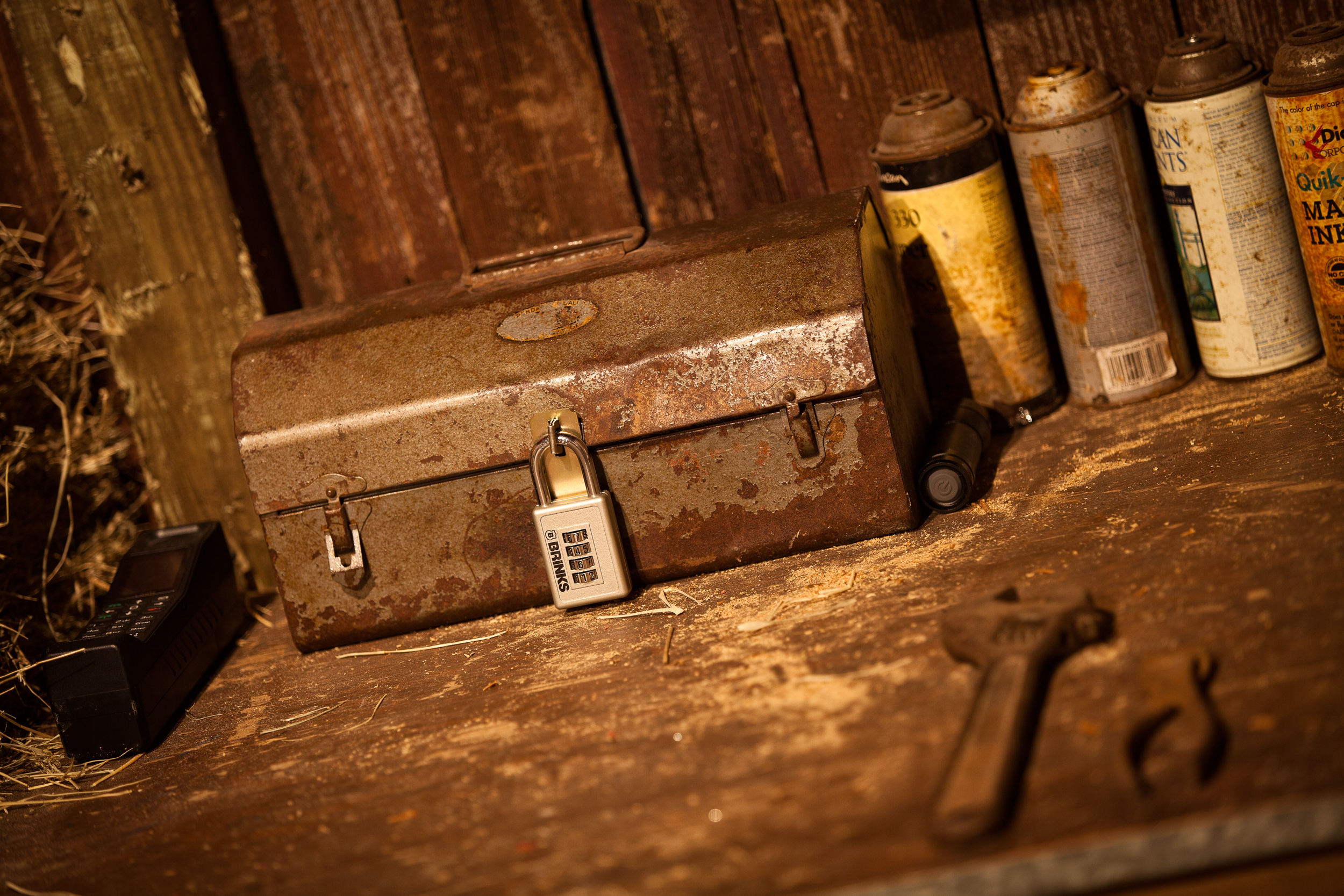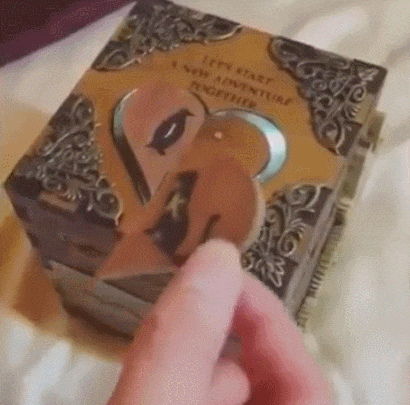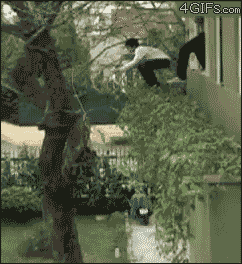DIY Escape Room Ideas

With the reputation and success of escape rooms spreading rapidly throughout the world, an increasing number of friends, families and couples are willing to travel miles and miles for the collaborative, “team-supergluing” gameplay. But why couldn’t we do all this at home?
With these DIY escape room ideas, you can bring some fresh excitement to a date, make a friendly get-together more fun, or create the perfect idea to send that birthday party over the edge. If you are looking for tips on the latter, make sure to also check out our blog post “How to play an escape room with kids?”.
Story
-
> Like any great escape room, it starts with a story. This helps shape your puzzles and flow more than anything else. -
> Arrange the scene, lights, and background music accordingly, and choose props and decorations that match the atmosphere. -
> Create a mystery to solve or some kind of treasure to find at the end. For kids, a treasure chest full of small gifts or maybe the birthday cake can be really cool because it ties right into the occasion. At an adult party, maybe alcohol is at stake. For couples, it could be a dinner invitation or – gasp – an engagement ring! 😊 ) -
> For a larger group, you can create a story with two separate threads, or consider having teams compete against each other. If you have a suitable space, you could create two escape rooms that meet at a middle point where the two teams have to work together to finish. -
> Create a flow chart of the story and the room. This will give you a better understanding of the game design, as well as what kind of items you’ll need to procure. Think about writing a script to help move the story along with each puzzle!

Location
-
> When considering locations, you’ll need a space large enough to allow players to move around comfortably. So consider how many players you’re expecting. -
> Enhance the experience by adding more locations. You can use additional rooms, gardens, floors, etc.

Tasks
-
> Try to vary the tasks as much as possible. By the fifty-seventh time, a combination lock can get a little boring. -
> Take the age and make-up of the group into account when you consider your difficulty level. You don’t want anything to be impossible because it’s too hard, but blowing through every challenge with no effort isn’t any fun either. -
> Pay attention to time! If it takes hours, most people will get worn out before the end. See about testing your puzzles out on others beforehand to see how long they could take. -
> Escape rooms are all about teamwork, so try to design it to require collaboration to bring people together. -
> Keep it logical. Unless the theme you’re going for is complete lunacy, work to have your tasks build upon each other so that each solution brings the team closer to the next task. -
> Avoid randomness in your puzzles. If the solution can only really be found by accident, players will never get the sense of accomplishment that comes with nailing a solution. -
> Don’t hide things in places that might be dangerous. It might sound cool to hide a clue that can only be seen by dangling out a second-story window, but the emergency room trip will probably put a damper on your plans.

Puzzle Ideas
Here are some tried and true puzzle ideas that you can adapt to make your own escape room.
-
> Hidden Objects/Codes: The latest PanIQ Room units are now 3rd generation, with more complicated puzzles. However, everyone still loves a simple seek-and-find game. -
> Playing with Lights: UV ink is a magical thing. And you can also hide messages with colored lights or glow-in-the-dark paint. -
> COde CrackiNg/Cryptography: ThEre are numerous, eaSily manageable DIY opportunIties using simple codes/cyphers. For eXample, you can associate letters or numbers with difFerent symbols. Or a message is revealed when yOU place a template on a text. BTW…do you know what I’m thinking of Right now? -
> Soundplay: Maybe players need to recognize a musician or the title of a song in order to bring players closer to solving the problem. You can also make a game with sounds by playing parts of a message in different rooms, and players need to work together to put the message together. -
> Assembling Objects: This can be a picture you printed, or a letter that you cut into pieces, but when it’s put together, a hidden message is revealed. To add another element to the puzzle, the trick could be that the solution is not actually in the puzzle, but the information they get from the leftover piece after the puzzle is finished. -
> Skill-Based Tasks: Test more than just brainpower. Perhaps the players need to hit an object with a ball or a water gun in order to reveal a message behind it. Give players with an alternative skill set a chance to shine. -
> Hidden Texts: If you write a message on a blackboard with an alcoholic marker or a Sharpie, then shade it over with chalk, the message will still be there when they wipe the board. You can also hide a message written on a small piece of paper or other clue inside a balloon before blowing it up; they can only get it if they pop it. You can make it more exciting by inflating more balloons, so the group has to keep popping them until they find the hidden message. -
> Check Pinterest: You can find lots of DIY escape room puzzle ideas online. Don’t be afraid to pull inspiration from others.

Good luck designing your own escape room! If you need more inspiration, or aren’t interested in the work needed to make your own, come and test yourselves in one of PanIQ Room’s amazing units!